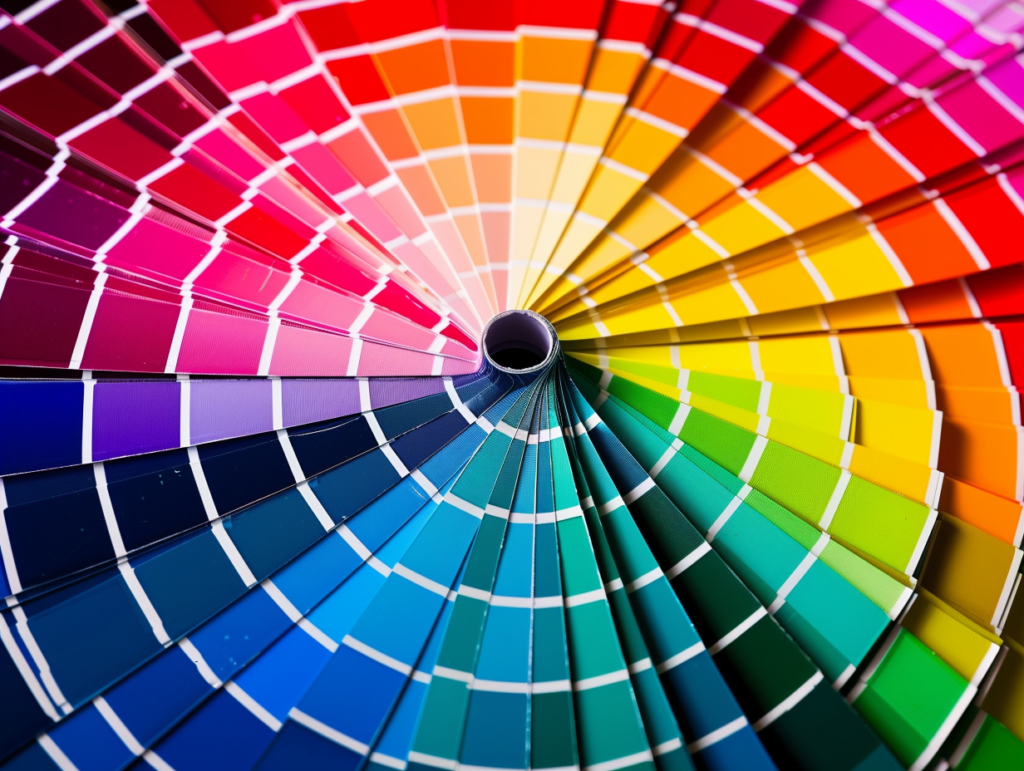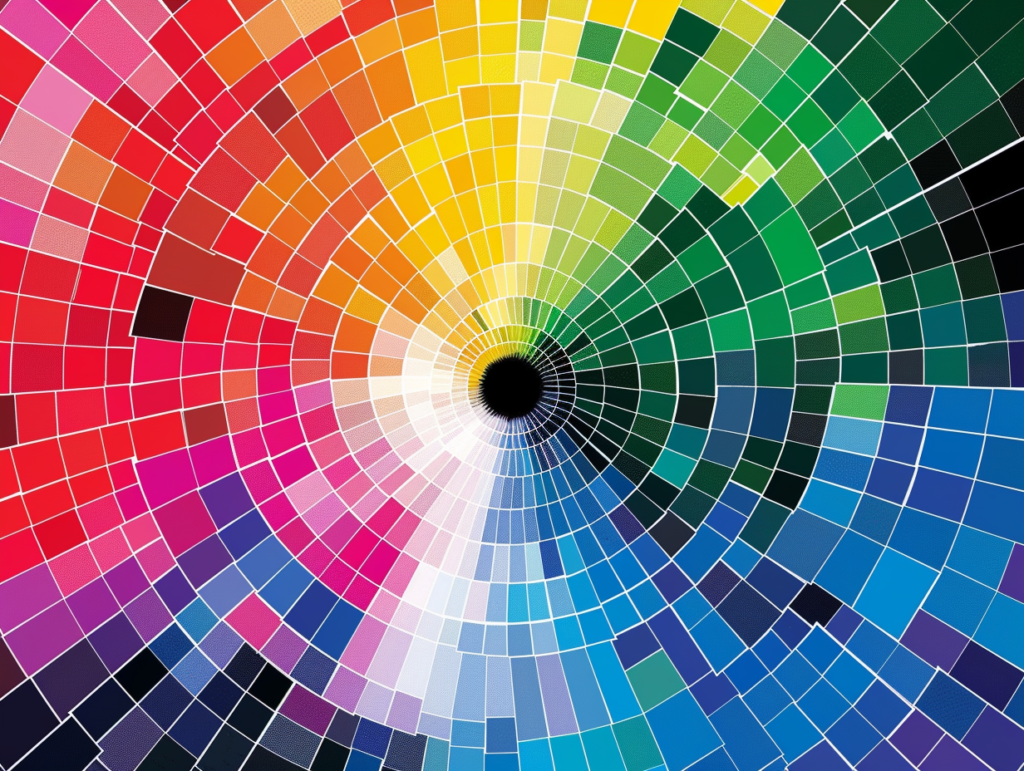Welcome to the vibrant world of color! Whether you’re a budding street artist or a graphic design enthusiast, understanding color theory can transform your work from good to unforgettably iconic. Let’s dive into the basics of color theory and explore how you can apply these concepts to make your street art pop and your graphic designs captivate.
The Basics of Color Theory

Color theory isn’t just for the painters in their studios; it’s a fundamental toolkit for any creative, especially those working in visual domains like street art and graphic design. At its core, color theory involves the science and art of using color. It explains how humans perceive color; how colors mix, match, or clash; the subtext of colors, and the messages they convey.
The Color Wheel: Your Best Friend

The color wheel is your go-to guide. Developed by Sir Isaac Newton in 1666, this circular diagram of colors helps artists see the relationships between colors. Here’s a quick breakdown:
- Primary Colors: Red, yellow, and blue. You can’t mix any other colors to create these; they are the originators!
- Secondary Colors: Orange, green, and violet. Each is made by mixing two primaries.
- Tertiary Colors: These six shades result from mixing primary and secondary hues (like red-orange or yellow-green).
Harmonizing the Hues

In street art and graphic design, choosing the right color combinations can make your design stand out and speak loudly. Here’s a simplified guide to creating harmony:
- Complementary Colors: Colors opposite each other on the wheel, like blue and orange. These combos create high contrast and high impact—perfect for making a bold statement in your design.
- Analogous Colors: Colors next to each other on the wheel, like blue, blue-green, and green. These provide a more harmonious look and feel, ideal for designs that want to communicate tranquility or continuity.
- Triadic Colors: Three colors that are evenly spaced on the color wheel. Think of the primary colors or secondary colors. This scheme is great for a vibrant and lively effect, without the stark contrasts of complementary colors.
Practical Tips for Applying Color Theory

1. Context is King: Always consider the environment where your art or design will live. For street art, think about the wall’s background color, texture, and surrounding elements. For graphic design, consider how colors will look on different media, like digital screens versus print.
2. Mood and Message: Different colors evoke different feelings and messages. For example, blue can evoke tranquility and trust, while yellow might bring out happiness and energy. Choose your palette based on what you want to communicate.
3. Experiment and Iterate: Don’t be afraid to try out different combinations. With digital tools, you can mock up color schemes quickly and see what works best for your concept.
4. Keep Accessibility in Mind: Especially in graphic design, consider how your color choices affect the readability and visual accessibility. Avoid color combinations that are difficult for colorblind viewers to differentiate.
Bringing It All Together
Now that you’ve got the basics down, it’s time to hit the streets—or the screens—and start experimenting with colors. Remember, the rules of color theory are not laws but starting points. The best creative works often bend or break these rules to make something truly unique. So, trust your instincts, keep exploring, and let your colors shine!

Whether you’re spray-painting a mural or crafting a stunning website, the power of color is immense. Harness it, and watch your creations come to life with depth and emotion. Happy coloring!















